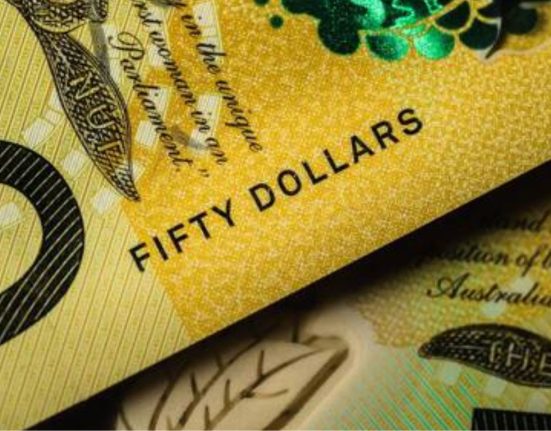Introduction
The AUD/USD pair experienced a brief surge in the early hours of Wednesday, reaching the 0.6535-0.6540 range. However, the momentum quickly shifted as fresh sellers emerged, pushing the pair lower during the first half of the European session. This downward trend continues for a second successive day, leading spot prices to plummet to their lowest level since November 10, currently hovering around the 0.6475 region. The decline raises concerns among traders and investors, as they closely monitor the AUD/USD pair’s performance.
Market Analysis and Factors Driving the Downward Trend
Several factors contribute to the ongoing decline of the AUD/USD pair. One significant factor is the strength of the US dollar, which has been gaining ground against major currencies. This strength stems from a combination of factors, including robust economic data, rising interest rate expectations, and increased investor confidence in the US economy. As a result, investors are flocking to the US dollar, causing downward pressure on the Australian dollar.
Another contributing factor is the current economic climate in Australia. The nation’s economic recovery from the COVID-19 pandemic has faced challenges due to outbreaks and subsequent lockdowns in some regions. These restrictions have affected various sectors, including tourism, hospitality, and retail, leading to a slowdown in economic growth. Consequently, investors are becoming cautious about the Australian economy, opting to reduce their exposure to the Australian dollar.
Furthermore, geopolitical tensions and trade disputes between Australia and its major trading partner, China, have also weighed on the AUD/USD pair. The strained relationship between the two countries has led to reduced exports from Australia to China, impacting the Australian economy and its currency. With China being a significant consumer of Australian commodities, any disruptions in trade can have a considerable effect on the value of the Australian dollar.
Technical Analysis and Support Levels
From a technical standpoint, the AUD/USD pair’s decline has breached several key support levels, indicating a bearish sentiment. Traders and technical analysts are closely monitoring these levels to gauge the pair’s future direction. With the current price around 0.6475, the next crucial support level to watch is the psychological level of 0.6400. A break below this level could open the door for further downside movement.
Additionally, the Moving Average Convergence Divergence (MACD) indicator shows a bearish signal as the signal line crosses below the MACD line. This further strengthens the bearish bias in the market and suggests that selling pressure may persist in the near term.
Impact on the Australian Dollar and US Dollar
The continued slide of the AUD/USD pair has significant implications for both the Australian dollar and the US dollar. A weaker AUD/USD exchange rate makes Australian exports more competitive, potentially boosting the country’s export-driven sectors. On the flip side, it can make imports more expensive, affecting consumers and businesses that rely on imported goods.
For the US dollar, the strength seen against the Australian dollar reflects a broader trend of dollar appreciation. A stronger US dollar can be advantageous for US consumers, as it increases their purchasing power for imported goods. However, it can also pose challenges for US exporters, as their products become relatively more expensive in foreign markets.
Outlook and Conclusion
The AUD/USD pair’s recent downtrend and breach of key support levels suggest that the bearish sentiment may persist in the short term. Traders and investors will closely monitor economic data releases, central bank announcements, and geopolitical developments to assess the potential direction of the pair.
Key factors to watch include any updates on the US Federal Reserve’s monetary policy stance, economic indicators from Australia and the United States, and developments in the trade relationship between Australia and China. These factors will likely influence the AUD/USD pair’s future movements and determine whether the downward trend continues or undergoes a reversal.
In conclusion, the AUD/USD pair has experienced a sharp decline, reaching its lowest level since November 10. The strength of the US dollar, Australia’s economic challenges, and geopolitical tensions have all contributed to the downward pressure on the pair. Traders and investors are closely monitoring the situation as they assess the potential implications for both currencies and the broader economic landscape.










